The all-new Volvo XC90 has entered the final stages of development prior to receiving its public debut at the Paris motor show in October, as these latest spy pictures show.
While undisguised cars have been shown to a small group of journalists behind closed doors at the firm’s Arctic test facility, this latest prototype was spotted testing in familiar camouflage. The XC90 should be revealed in August ahead of its Paris debut.
The new seven-seat SUV is the first of a range of all-new models that the company hopes will propel it into the first division of automotive premium brands. The new XC90, codenamed V526, sticks closely to the formula set by its predecessor, which was launched in 2002.
The Mk2 model is 4.9m in length, making it 100mm longer than the outgoing model, as well as being slightly lower and wider. Interior space is said to be significantly improved for second and third-row passengers, while boot space with the third row of seats in place is increased.
Volvo has also rethought the control layout, with the XC90's interior recently revealed. The centre of the dash is dominated by a 9.5in, tablet-like screen, through which all of the car’s functions can be controlled. There are only seven conventional switches on the fascia, including a combined volume and on/off switch for the entertainment system.
The main dials are displayed on a small TFT screen, which expands to a full-width configurable display on high-end models. The XC90 will also be equipped with new levels of passive and active safety systems as part of Volvo’s ‘Vision 2020’ plan, the goal of which is to ensure that no one is killed or seriously injured in a new Volvo from 2020.
The SUV is the first car to be based on Volvo’s new Scalable Platform Architecture (SPA), which will eventually underpin all future 40, 60 and 90-series models. Dennis Nobelius, vice-president of ‘Vehicle Line 90’, Volvo’s large model programme, said the SPA was flexible enough to cover all types of vehicle, from low-roof cars to SUVs.
“We want to have the best possible proportions [in the front-wheel drive class],” said Nobelius. “We have pushed the front wheels forwards and the A-pillars backwards to get a long bonnet. We have also restricted the platform to accommodating four-cylinder engines, although there will be everything from a mild hybrid to a pure electric version.”
The XC90, like its future sister models, will be powered by a range of Volvo’s own four-cylinder petrol and diesel VEA engines, which will be variously boosted by single and twin turbochargers or a combination of both a turbo and a supercharger.
One of the most powerful engines will be a 300bhp petrol unit using a turbo and supercharger. Beyond that, the XC90 will also come in hybrid form with an electric motor powering the rear wheels. Further down the line, a version of the XC90 equipped with an energy-harvesting flywheel on the rear axle is likely, while a pure electric version of the large SUV will have its batteries packaged in the centre tunnel and under the rear floor so interior space won’t be compromised.
Volvo’s research and development chief, Peter Mertens, revealed that when Ford first put Volvo up for sale in 2008, bosses sat down and completely rethought the company’s future. “We went through the first analysis and come up with the SPA and VEA concepts,” he said.
Only when Volvo was bought by Chinese car maker Geely in 2010 did the Swedish firm have access to the funds to bring its vision to reality. Mertens said this is because Volvo is a relatively small car maker and can make decisions quickly.
Development of the Volvo XC90 will now concentrate on extreme heat, humidity and high-altitude testing. The showroom-ready car should be revealed publicly before the end of the year.
New XC90's tech secrets
Despite Volvo’s extensive use of super-high-strength steels, Håkan Ivarsson, technical director of Vehicle Line 90, said the SPA cars will be the “lightest in class”. The only significant use of aluminium in the SPA structure is for the front suspension towers, which are glued and riveted to the steel bulkhead and inner wings.
The SPA structure is engineered in five sections, of which four (the front overhang, cabin, rear luggage space and rear overhang) can vary in size. The only fixed section is the engine bay and bulkhead. This is just 593mm long when measured between the centre of the front axle and the point where the driver’s heel rests on the floorpan.
Although the SPA architecture will only accommodate four-cylinder engines, it is compatible with mechanical all-wheel drive, electric rear-axle hybrid drive, plug-in hybrid and pure electric transmissions.
Apple-flavoured interior
Volvo’s new screen-based dashboard has already been seen on its recent wave of concept cars. The dashboard of the new XC90 is dominated by the 9.5-inch, portrait-format touchscreen. It immediately propels Volvo into a lead over its premium rivals, whose button-heavy fascias are in contrast to the XC90’s volume knob and six tiny conventional switches (including the windscreen defrosting and hazard light controls).
The touchscreen has been fitted with a filter to stop it from reflecting in the windscreen. It can also be operated by a gloved hand, something that is not possible with most smartphones.
In normal mode, the screen is divided into four sections: navigation, media, phone and weather. If the screen is swiped to the left, it reveals the vehicle settings, such as the climate control. This allows, for example, the cabin temperature to be adjusted on a slider. Swipe the screen to the right and the applications screen, via Apple’s new CarPlay system, is revealed.
New generation of engines
The Volvo Engine Architecture (VEA) was conceived before Ford sold Volvo. Volvo engineers spent so much money modifying Ford engines that it was deemed more cost-effective to build its own from scratch. The 2010 takeover by Geely provided the funds, and the new engines are already fitted to the V40, XC60 and S/V60.
All VEA engines will have four cylinders. There will be four power outputs each for both petrol and diesel versions using, variously, single and twin turbos and a combination of turbocharging and supercharging. Volvo claims fuel economy improvements of between 15 and 35 per cent over their predecessors. The diesel engines get a ground-breaking i-ART injection system that can meter out fuel to each cylinder with extreme accuracy.
Read Autocar's first ride in the new Volvo XC90 prototype.
Additional reporting by Darren Moss, 16 June 2014

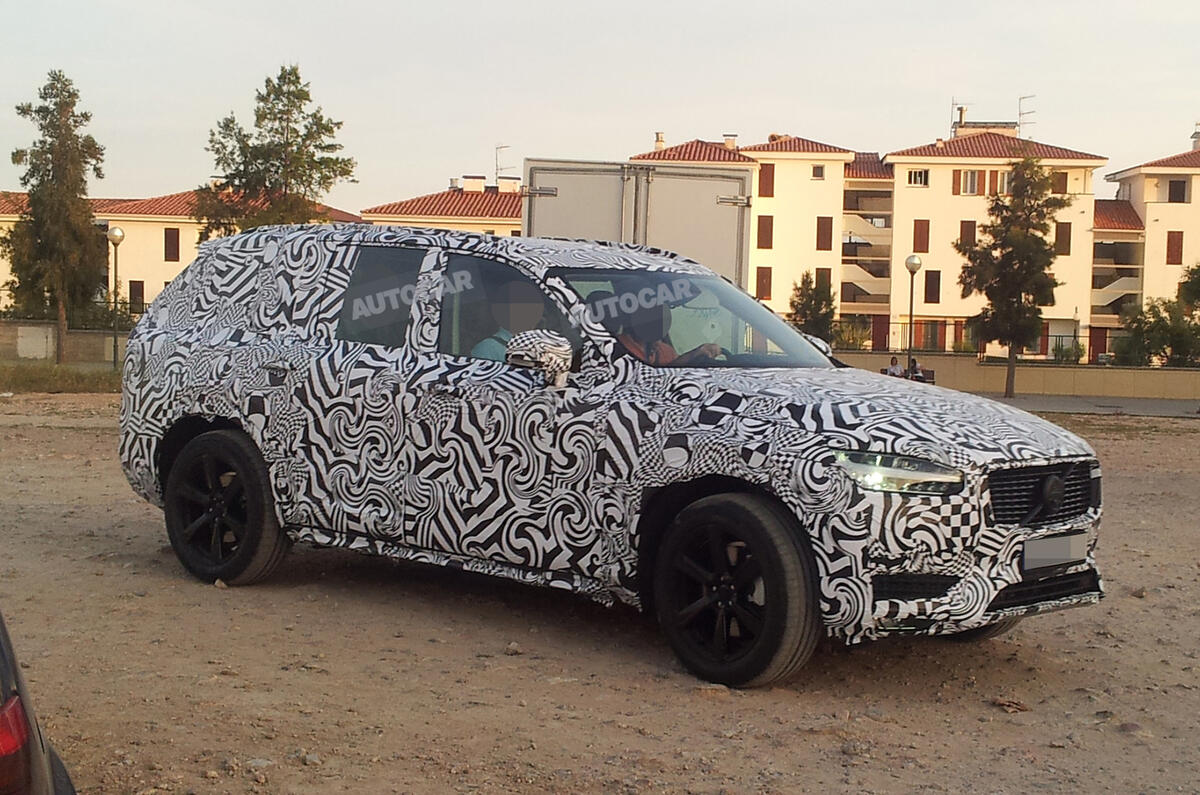
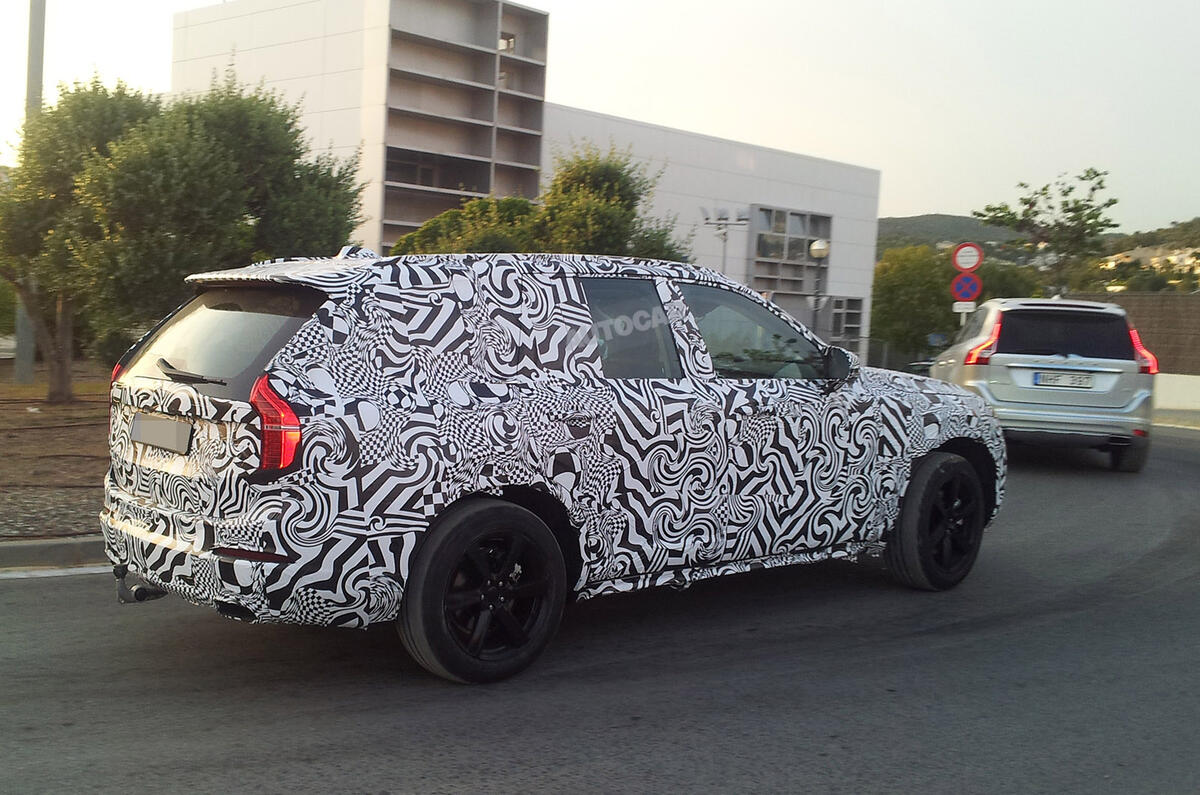
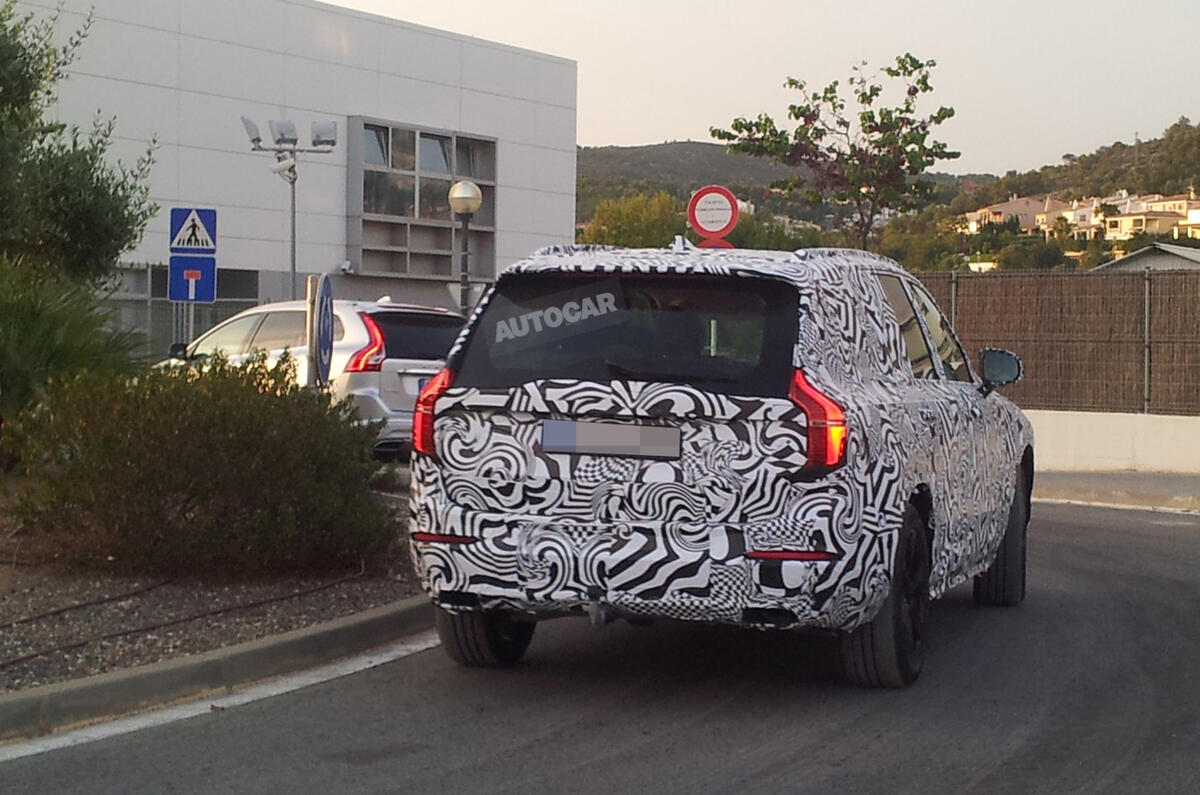
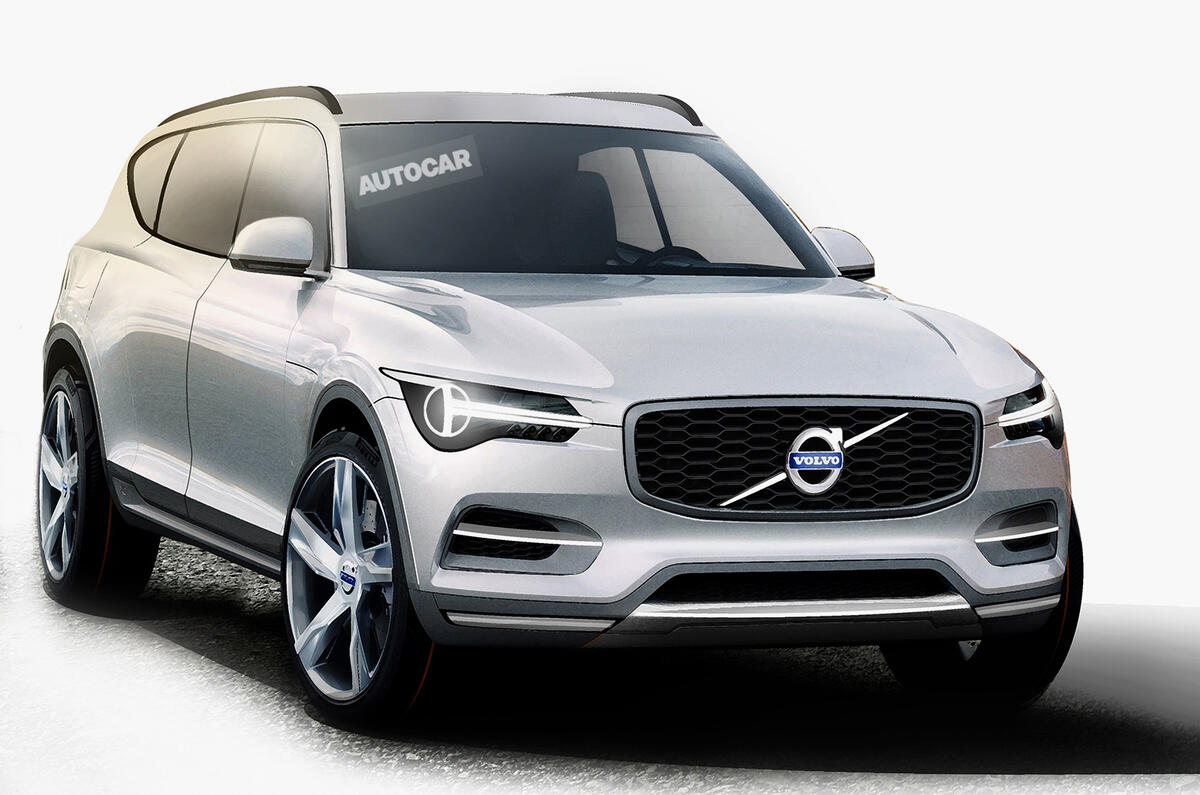
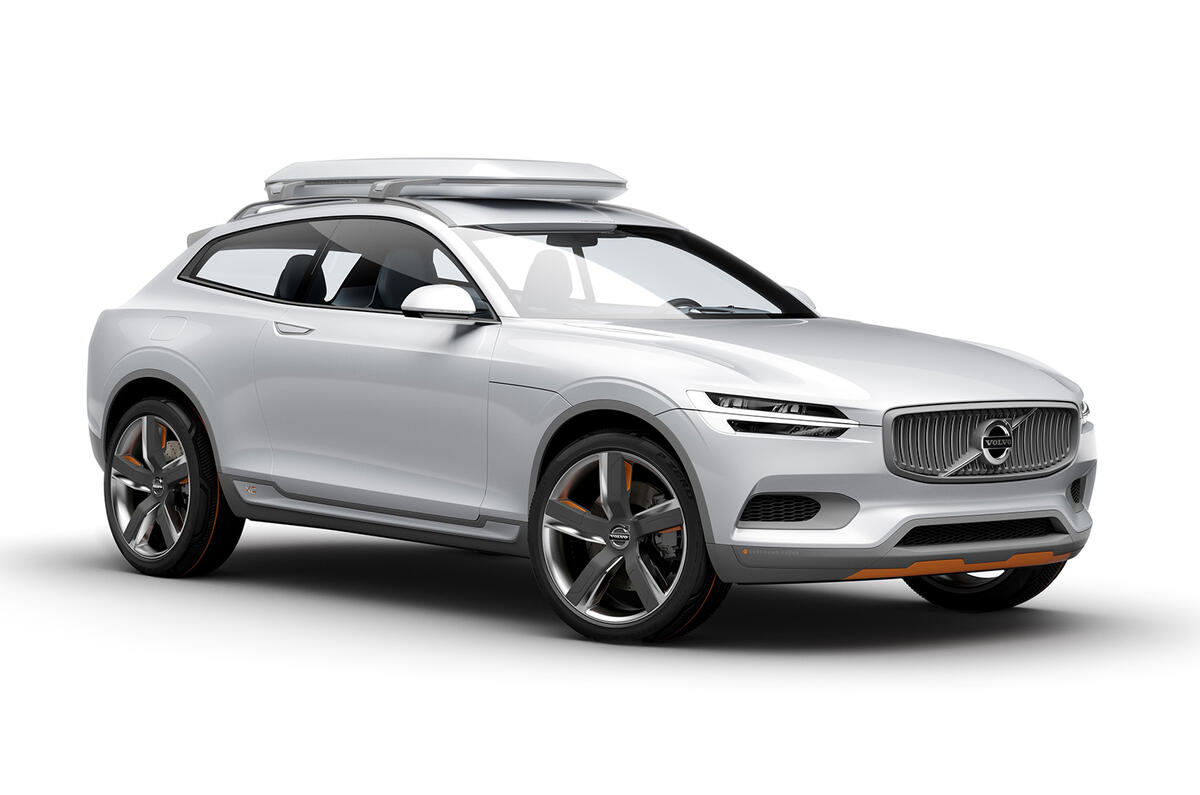
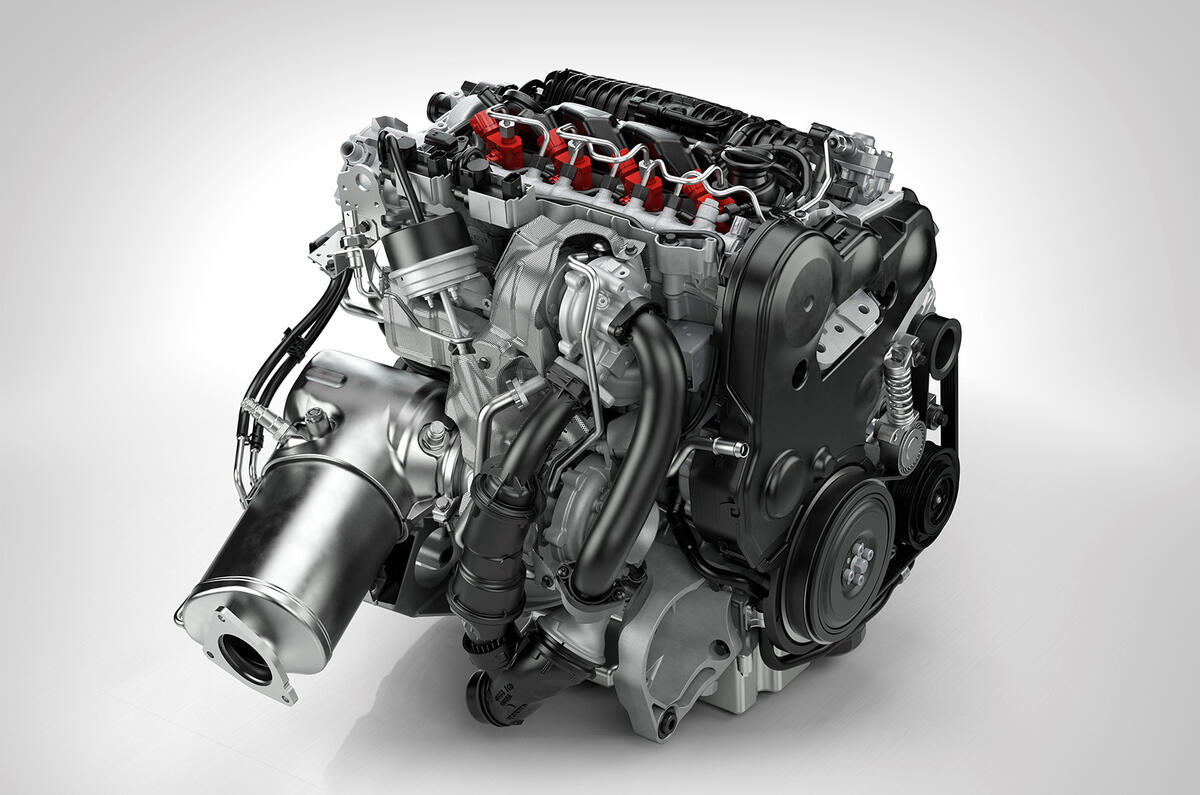
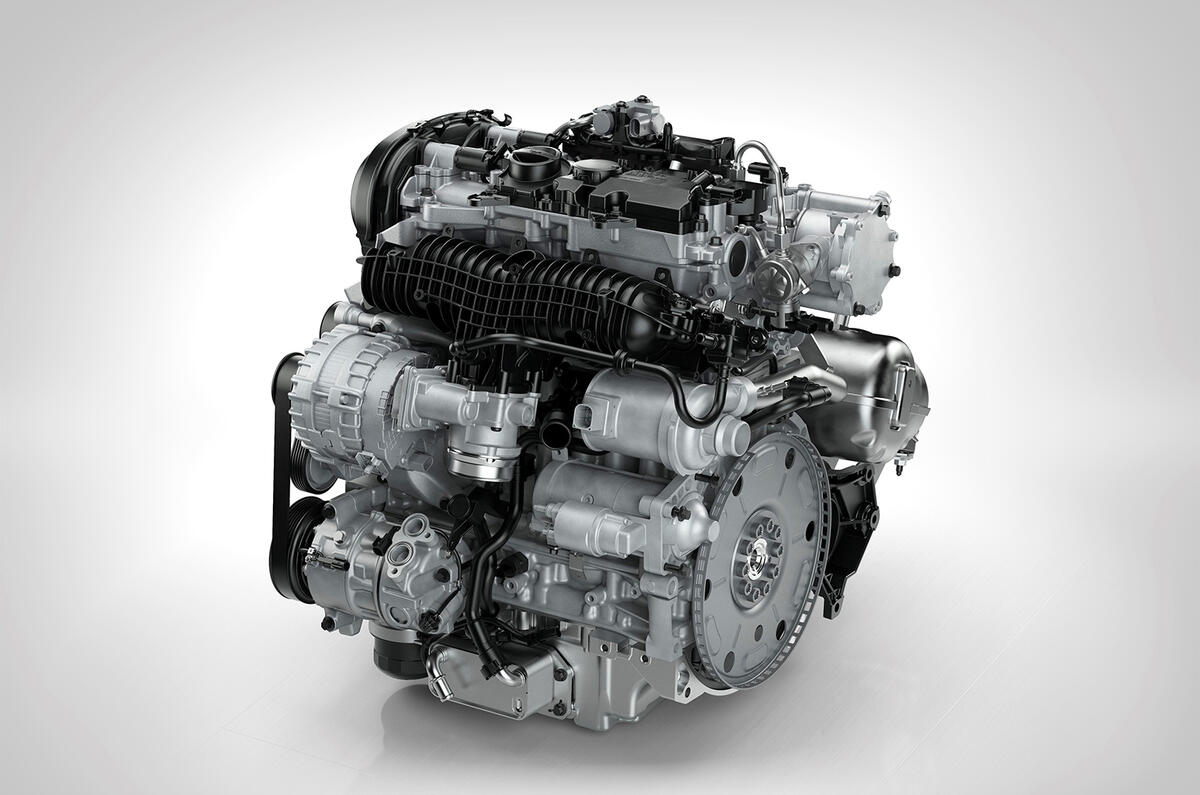
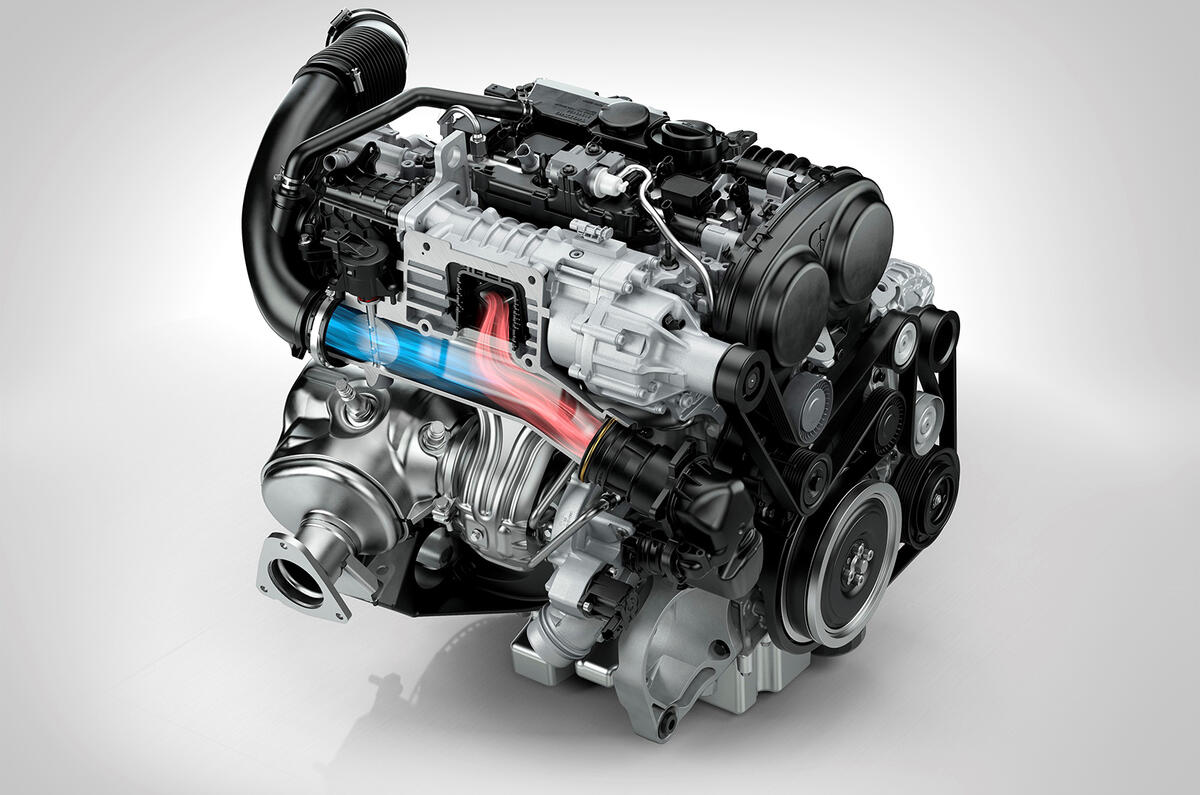






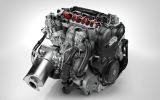

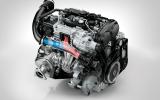
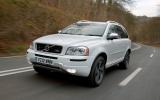


Join the debate
Add your comment
No real spying going on here